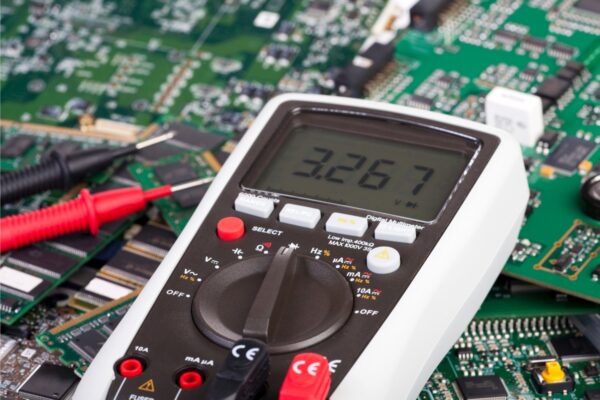What is Bond Lift-off
Bond lift-off is a failure condition where a lead becomes separated from its bonding surface. This failure mechanism occurs when the ball bond breaks at the intermetallic connection between the wire and the die, causing it to lift off the bond pad. Bond lift-off is typically attributed to issues during the bonding process, such as chemical contamination on the bond pads or improperly formed and mashed balls due to incorrect pressure.
X-ray microscopy can be used to identify the lift-off, but cross-sectioning is usually required to confirm the failure mechanism. Cross-sectioning involves cutting a sample of the PCB to examine its internal structure. Additionally, scanning electron microscopy (SEM) and energy dispersive X-ray spectroscopy (EDS) can be used to examine the bond pad surface for contamination that could contribute to bonding issues.
Once bond lift-off is confirmed as the failure mechanism, further analysis can be conducted to determine the root cause of the issue. This may involve measuring the size and shape of the bond, as well as the thickness of the intermetallic connection through quality cross-sections. In some cases, it may be necessary to pull or shear bonds off of the die to inspect the pad surface.





